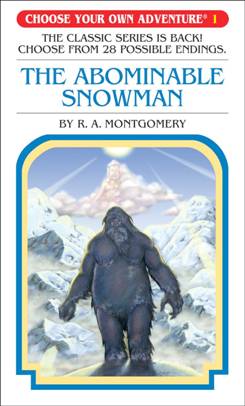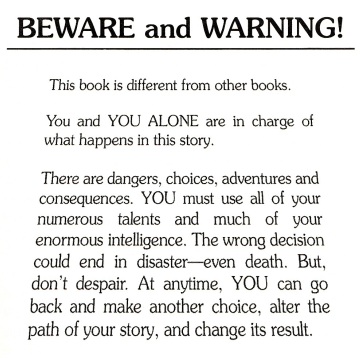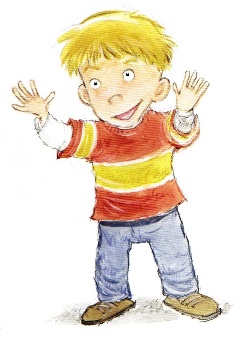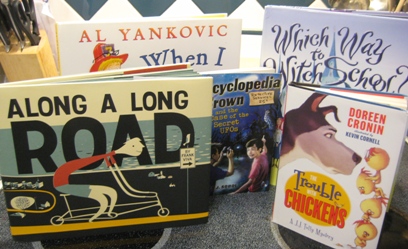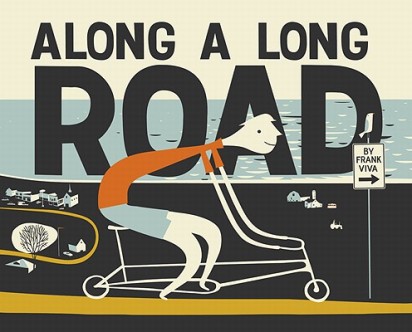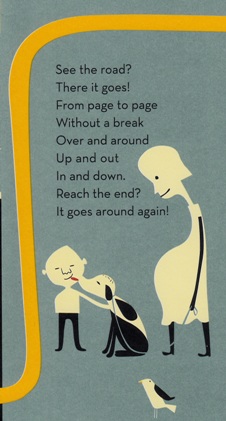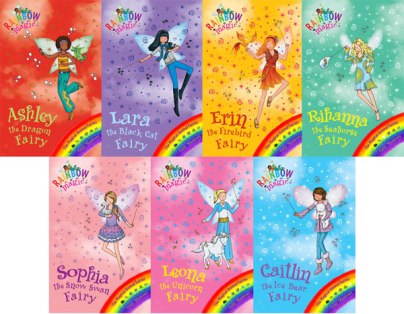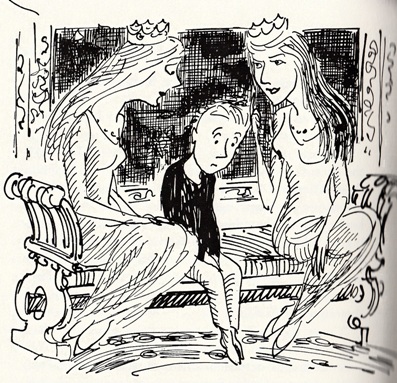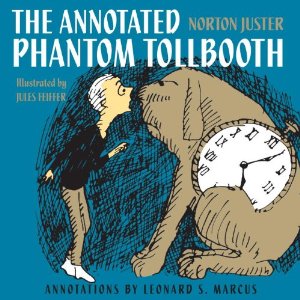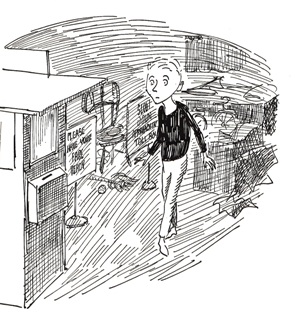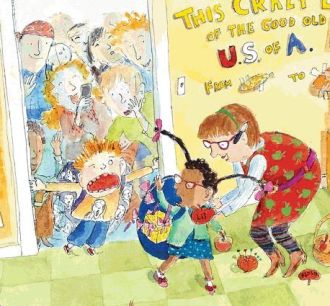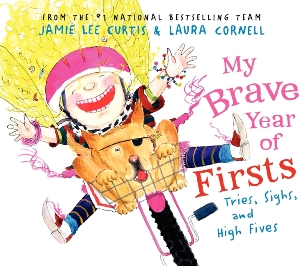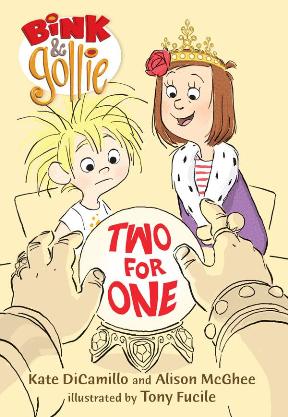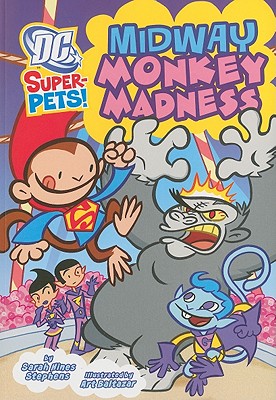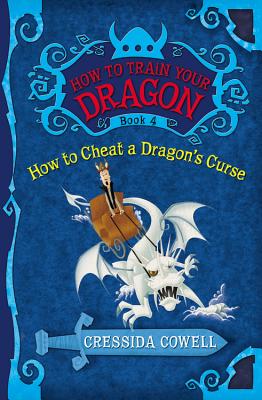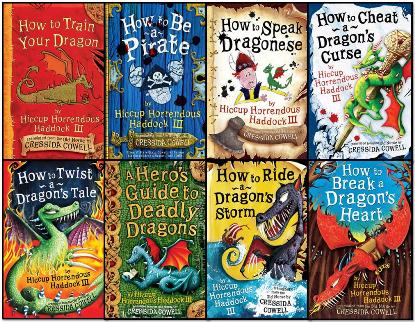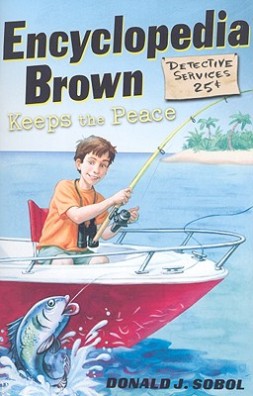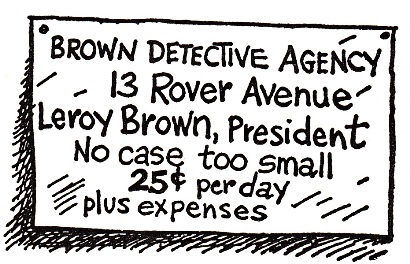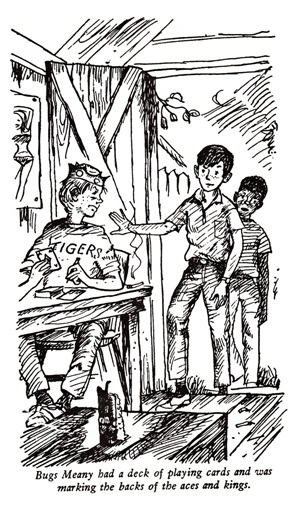Even though I regularly blog about sharing books with my first grader, I actually have a very hard time remembering what books I enjoyed reading when I was in elementary school. I have fond memories of the early picture books I loved when I was really young (like The Monster at the End of The Book) and I still have copies of the books that got me through middle school (most memorably, The Hitchhiker’s Guide to the Galaxy), but I can barely recall what, if anything, I was reading between first and fifth grades. However, the one exception to that memory blackout involves Choose Your Own Adventure books. I ADORED Choose Your Own Adventure books. I read them non-stop, almost obsessively, and, when I picture my childhood bookshelf in my mind, I can see whole rows of those thin white paperbacks with the numbers and red bubbles on the side.
So, when I recently stumbled onto the “Choose Your Own Adventure” shelf in the kid’s section of our local library, I’ll admit – I totally forced my daughter to bring a few home. She wasn’t entirely sold on the concept, but she could see how excited I was and quickly agreed to try some, if only to shut me up.
And, I’m pleased to report, it resulted in some of the most entertaining read-aloud time we’ve had in MONTHS. They were a huge, huge hit.
You can find a list of the entire Choose Your Own Adventure back catalog here. The titles we checked out came from the 2005 re-release of the series, which took some of original titles from the 1970s and 80s editions, and revamped them with updated text, pictures, and titles. We started with the first book in the re-released series, The Abominable Snowman by R. A. Montgomery, and a CYOA picture book (which was new to me) titled Sand Castle, also by R. A. Montgomery.
If you’ve never read a Choose Your Own Adventure book before, they’re a little hard to explain. They’re not like much else in the kid lit market. They sort of resemble chapter books, in terms of length and reading level, but, structurally, they’re something completely different. CYOA titles are sometimes referred to as “game books”, which is semi-accurate, if only because the word “game” suggests something interactive.
The structure of a Choose Your Own Adventure book is designed to make the reading experience immersive. They’re written from the rarely-used second-person point-of-view – so the narrator is always referring to the reader as “You.” When a kid opens a CYOA book, they’re told something like, “You are a deep sea explorer searching for the famed lost city of Atlantis” or “You are born on a spaceship traveling between galaxies on a dangerous research mission.” It sets the stage for the adventure to come and it prompts the young reader to actively use their imagination while they listen. The lead character is never described in detail because “You” are that character. [read the rest of the post…]
{ 7 comments }
